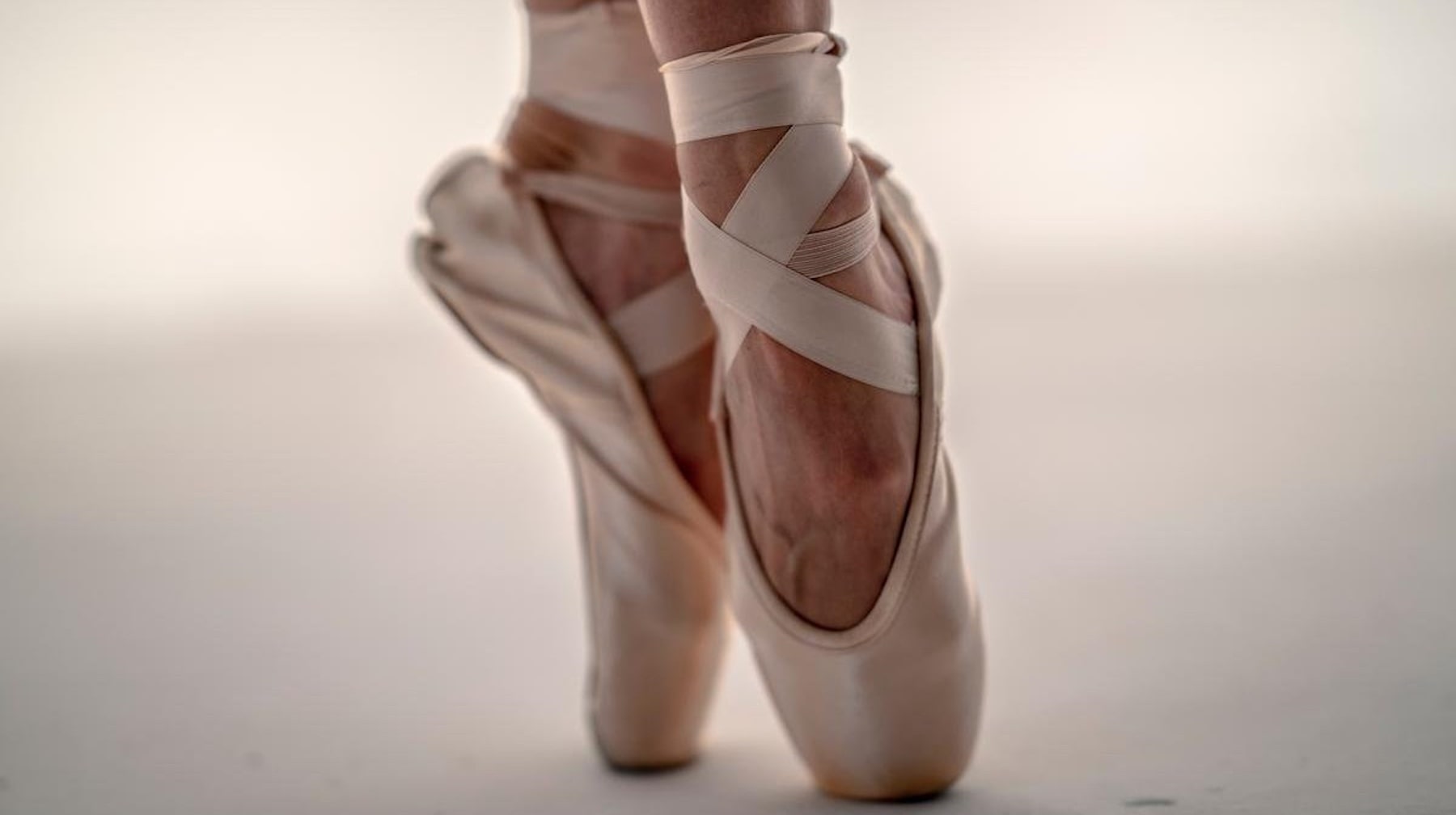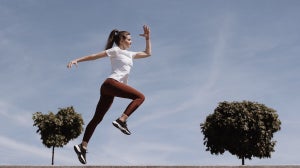1. Coubard, O. A., Ferrufino, L., Nonaka, T., Zelada, O., Bril, B., & Dietrich, G. (2014). One month of contemporary dance modulates fractal posture in aging. Frontiers in aging neuroscience, 6, 17.
2. Sawers, A., Allen, J. L., & Ting, L. H. (2015). Long-term training modifies the modular structure and organization of walking balance control. Journal of neurophysiology, 114(6), 3359-3373.
3. Watterson, V. V. (1984). The effects of aerobic dance on cardiovascular fitness. The Physician and Sportsmedicine, 12(10), 138-145.
4. Dowdy, D. B., Cureton, K. J., Duval, H. P., & Ouzts, H. G. (1985). Effects of aerobic dance on physical work capacity, cardiovascular function and body composition of middle-aged women. Research Quarterly for Exercise and Sport, 56(3), 227-233.
5. Williford, H. N., Blessing, D. L., Olson, M. S., & Smith, F. H. (1989). Is low-impact aerobic dance an effective cardiovascular workout?. The Physician and sportsmedicine, 17(3), 95-109.
6. Morton, S. K., Whitehead, J. R., Brinkert, R. H., & Caine, D. J. (2011). Resistance training vs. static stretching: effects on flexibility and strength. The Journal of Strength & Conditioning Research, 25(12), 3391-3398.7.
7. Chatfield, S. J., Byrnes, W. C., Lally, D. A., & Rowe, S. E. (1990). Cross-sectional physiologic profiling of modern dancers. Dance Research Journal, 22(1), 13-20.
8. Klemp, P., & Learmonth, I. D. (1984). Hypermobility and injuries in a professional ballet company. British journal of sports medicine, 18(3), 143-148.
9. Alter, M. J. (2004). Science of flexibility. Human Kinetics.
10. Lesté, A., & Rust, J. (1990). Effects of dance on anxiety. American Journal of Dance Therapy, 12(1), 19-25
11. Tarr, B., Launay, J., Cohen, E., & Dunbar, R. (2015). Synchrony and exertion during dance independently raise pain threshold and encourage social bonding. Biology letters, 11(10), 20150767.












